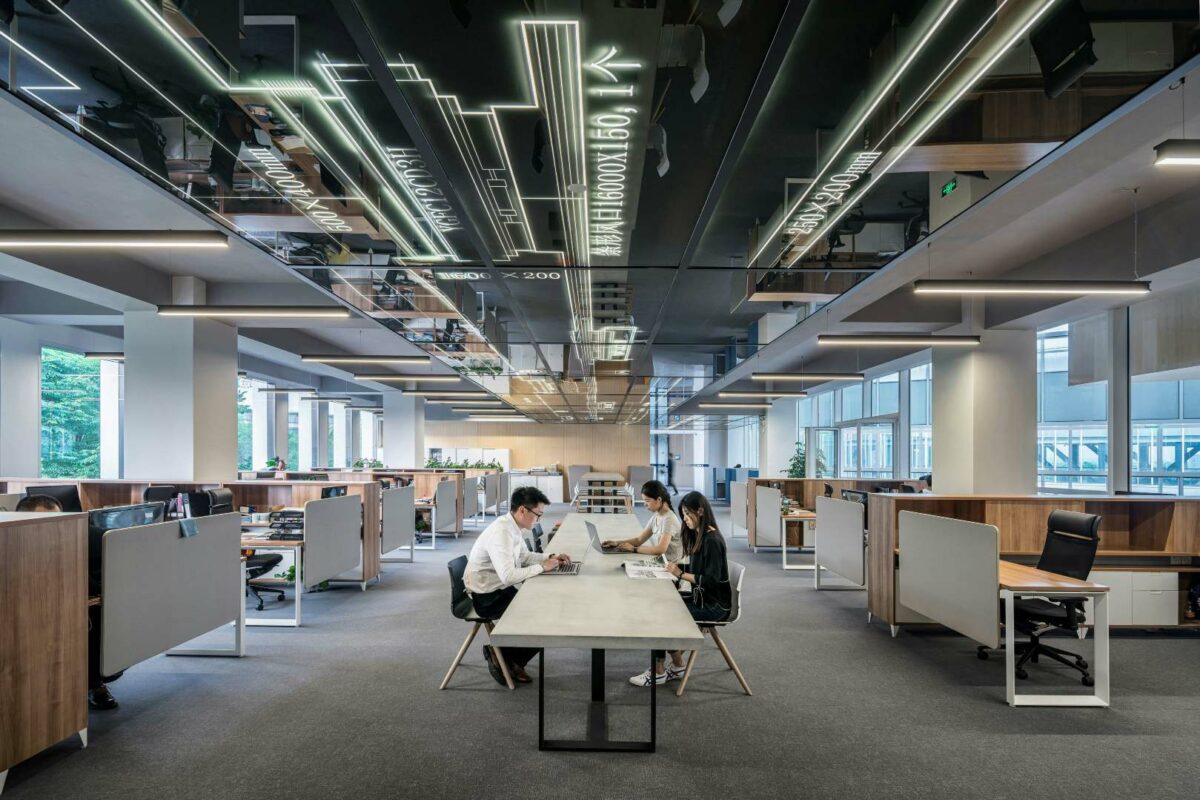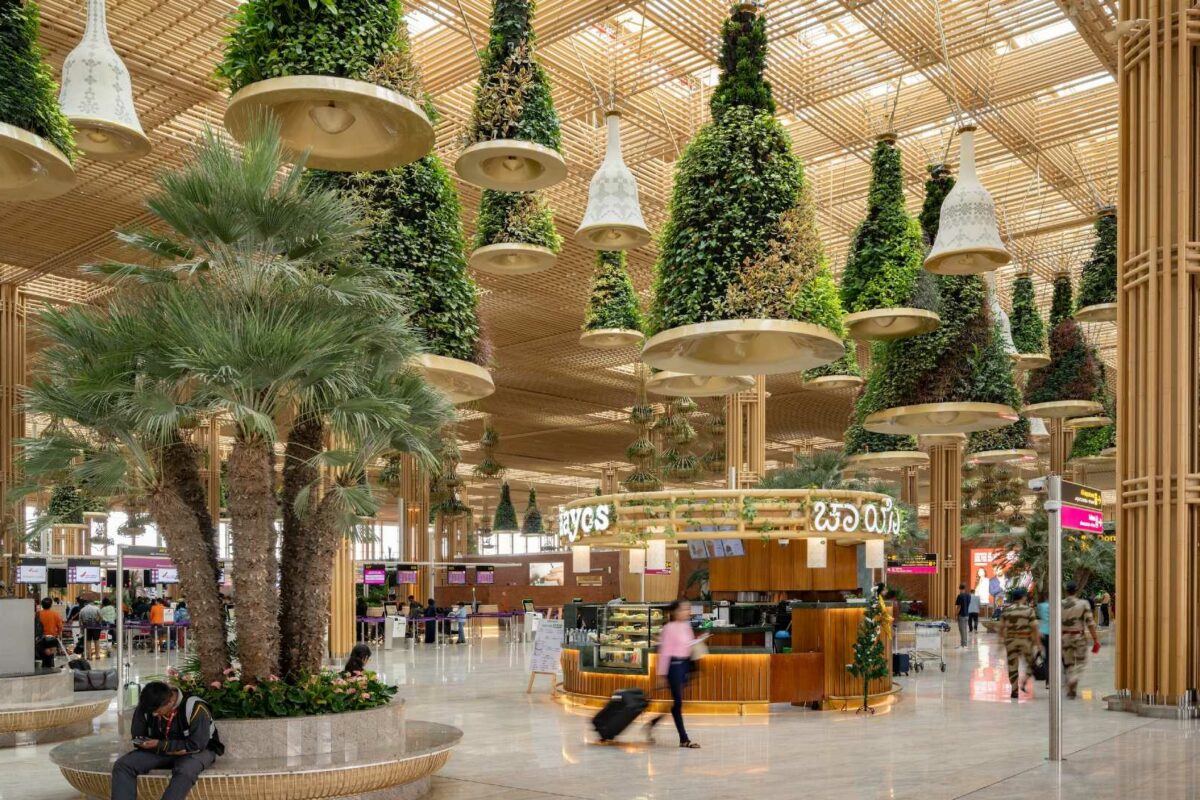In today’s rapidly evolving work environment, where technology shapes our interactions and flexibility is highly valued, the role of the workplace in fostering well-being and mental health has never been more critical. Creating a sense of community lies at the heart of this endeavour, and flexible workspaces offer a unique platform to achieve this goal through both physical design and community-centric initiatives.
Growing your community with flexible workspaces
According to the Mental Health Foundation, people living in communities with higher social cohesion experience lower rates of mental health problems than people in poorly connected neighbourhoods. Community is clearly fundamental to our overall wellness. The workplace serves as a hub for social connections, providing opportunities for collaboration, support, and camaraderie. Within flexible workspaces, this sense of community is amplified by the diverse mix of professionals from various industries and backgrounds, fostering an immediate community and opportunities for connection.
One of the primary advantages of flexible workspaces is their ability to counteract the isolation that research has shown is often associated with remote work. While working from home offers autonomy, it can also lead to feelings of loneliness and disconnection. Flexible workspaces, on the other hand, offer a setting where individuals can engage in spontaneous interactions, exchange ideas, and forge valuable connections. From impromptu coffee chats to organised networking events, these spaces cultivate a sense of belonging and inclusivity, vital for employee morale and mental well-being.
In an era dominated by screens and digital communication, there’s a growing recognition of the importance of face-to-face interaction. A Data Reportal survey found that the average person in the UK spends nearly 3 hours on both their desktop and their mobile phone. Flexible workspaces provide a physical space where individuals can engage in meaningful conversations, collaborate on projects, and share experiences; these are key connections that transcend virtual interactions.
Creating supportive environments
Whilst the model of flexible workspace encourages greater connectivity and community, there are wider interventions that architects, designers, office managers and HR teams can make to prioritise employee well-being in the workplace. Thoughtful design and amenities can go a long way in making the office “commute-worthy” and fostering a supportive workplace centred around wellbeing. Natural light, for instance, has a profound impact on mood and productivity. By maximising access to natural light through strategically placed windows and open layouts, flexible workspaces create an inviting and energising environment that promotes well-being.
Furthermore, amenities such as ergonomic furniture, adjustable desks, and comfortable seating options promote physical health and comfort, reducing the risk of musculoskeletal issues associated with prolonged sitting. Adequate air conditioning and ventilation systems ensure optimal indoor air quality, further enhancing cognitive function and overall well-being. Projects such as Google’s London base and Apple’s offices in Battersea are good examples of flexible workspaces designed to meet the diverse needs of employees.
More broadly, committing to high quality standards extends beyond the physical design of the office space. By actively engaging with building standards such as WELL, NABERS and BREEAM, operators can build a long-term approach to wellness, by showcasing their dedication to creating environments that promote health and productivity.
Supporting employee wellbeing
A unique benefit of flexible workspace is their potential to mitigate employee stress levels. From tight deadlines to technical glitches, work-related stressors are inevitable. However, flexible workspaces are equipped to mitigate these pressure points through the likes of on-site IT support and a supportive community. Additionally, wellness programs, mindfulness sessions, and stress management workshops empower employees to prioritise their mental health and self-care, fostering resilience and coping strategies.
Incorporating biophilic design is another surefire way for operators to position wellness front and centre of their offering for their customers. From indoor plants to outdoor seating areas, the aim must be to create connections with nature that enhance creativity and reduce stress in a work environment.
As organisations navigate the complexities of the modern workplace, recent trends have highlighted the shifting expectations of employees. The COVID-19 pandemic accelerated the adoption of remote work, prompting many to reevaluate their relationship with the traditional office environment. While remote work offered newfound flexibility and autonomy, it also underscored the importance of physical workspace as a hub for collaboration and community.
Flexibility is the future
Having now emerged from the pandemic, there’s a growing recognition that the future of work lies in a hybrid model, combining the flexibility of remote work with the benefits of in-person collaboration. Flexible workspaces are poised to play a pivotal role in this transition, providing a flexible and adaptable solution that meets the diverse needs of today’s workforce.
Flexible workspaces offer an attractive alternative to traditional office settings. From bustling cities like London to vibrant regional hubs, the demand for flexible workspaces continues to rise, driven by a desire for work-life balance and a sense of belonging. Flexible workspaces are seeing a growth spurt in the UK, offering a range of amenities and community-focused initiatives tailored to the needs of modern professionals.
Flexible workspaces represent more than just physical venues for work; they have the potential to embody a holistic approach to employee well-being and mental health. By prioritising community building, thoughtful design, and support initiatives, these spaces can empower individuals to thrive both personally and professionally. As we embrace the future of work, investing in flexible workspaces isn’t just a strategic business decision – it’s a commitment to the health, happiness, and success of employees in an ever-changing world.

Calum Russell, CEO, Covalt
Calum leads the growth and expansion strategy for Covalt, as well as driving the marketing and sales for client operations. With significant commercial and operational experience in the Flexible Workspace, Leisure and Hospitality sectors, he brings a wealth of skills and experience to add to the knowledge and relationships he’s developed in the flexible workspace sector. Most recently Development Director EMEA for Flexible Workspace at Cushman & Wakefield, Calum has previously worked at De Vere Hotel Group, Malmaison & Hotel du Vin, and easyHotel.
Content Team
Work in Mind is a content platform designed to give a voice to thinkers, businesses, journalists and regulatory bodies in the field of healthy buildings.




